NFTs are an essential part of the online world nowadays. Whether we’re talking about the crypto space specifically or the internet world as a whole, you can’t go anywhere without a mention of a new NFT concept.
So, to keep up with the times, we’ve decided to put our few cents on it and talk a little bit about this new and fascinating market that is happening right before our eyes.
The NFT marketplace platforms are still growing, and one of the most occupied spaces is the global NFT market. Because this market is still pretty fresh, there is room for many NFT marketplace development company to put their few cents into a basket and create something unique.
Maybe there is a gap in the market that you can use. Maybe there is something that no one thought of before. Maybe, just maybe, you can fill it up with no problems whatsoever. In this guide, we’ll help you with starting your NFT marketplace!
Let’s get into it!
What Is an NFT?
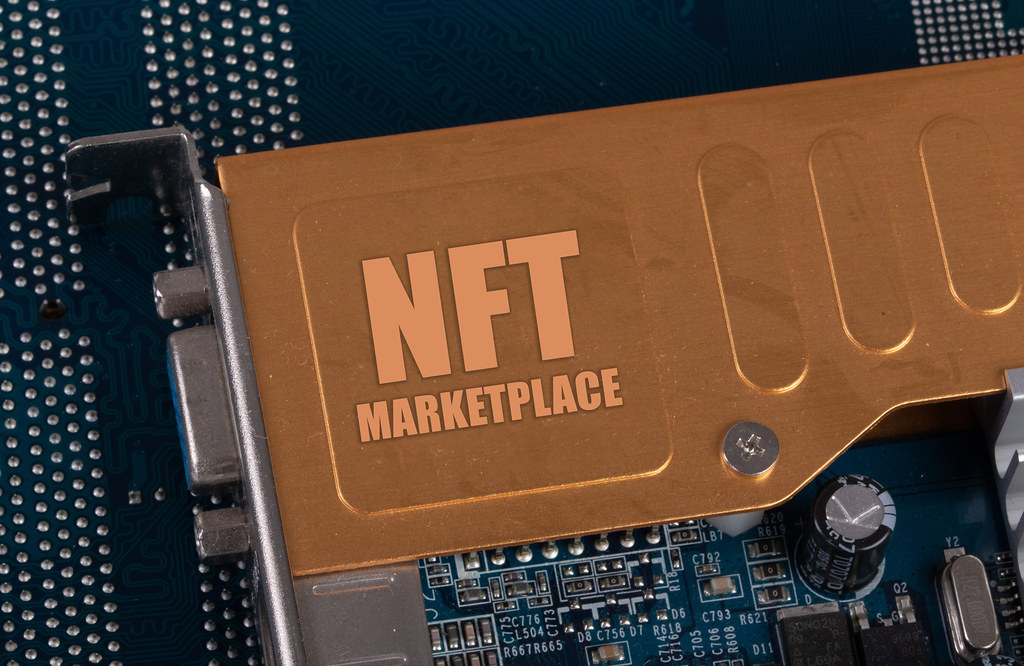
Well, in short, NFT is a non-fungible token. While not getting into some too far-off details, it’s a digital certificate that vouches for the originality of a piece of digital media.
For example, if you’d create a digital painting, it would be pretty easy to copy, right? Just click ctrl + c, ctrl + v, and you have a new one.
Well, not in this case. Through the process of minting, the NFT gets deployed onto a blockchain. And it’s a whole other story in this case.
When it gets deployed on the blockchain, you cannot change it, every transaction is being reported, and there can be only one original piece of digital media. It’s one. Even if copied, only the original can be traced back to the blockchain.
That way, it’s safe, transparent, transferable, and profitable. Some of the most popular pieces have been sold for thousands or millions. As you can see, NFT Art Marketplace should not be taken lightly.
What Is an NFT Marketplace?

And from that, let’s get into the topic of our conversation – the art of NFT Marketplace. In very short – it’s a place where people can buy and sell NFTs for a fixed price. It’s excellent for NFT trading, getting an NFT collection, or selling your artwork through an art NFT marketplace app.
Create Your Own Marketplace!
There are many uses for the said marketplace, and if you want to create one, you can tweak it to your desires.
For example, there is a lot of talk about lazy minting these days. To explain further, minting is a process of creating NFTs. As you may already know, it costs to build one because of the gas fees. Gas fees are paid to the miners doing all those complicated calculations to secure the blockchain.
On the other hand, lazy minting is a process of creating NFTs in the moment of buying, and the buyer takes all the costs on themselves so that the artist wouldn’t have to pay gas fees.
So, you can create an NFT marketplace platform where you can mint the NFTs with unique tokens that you can get only at the marketplace. You can create a trendy lazy minting option we’ve described. You can add your particular coin to it to bring down the NFT marketplace development cost.
You can do many things to make your custom NFT marketplace.
How Does the NFT Marketplace Work?
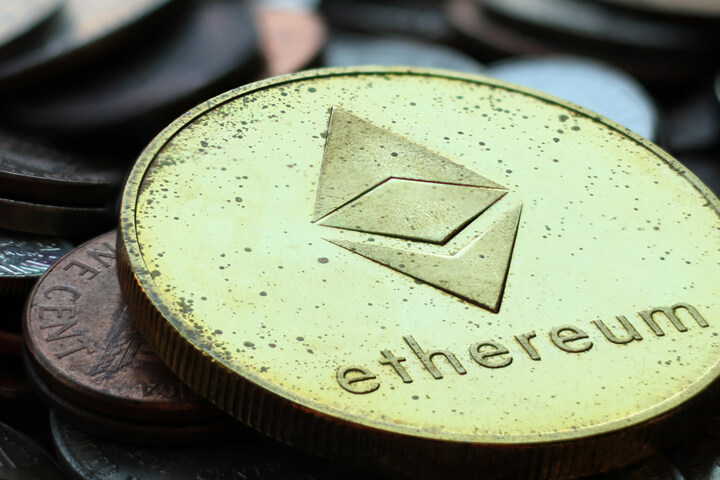
Getting into some more details, let’s talk about how the NFT marketplace works. The first thing you need to know is that NFTs are not cryptocurrencies. You cannot pay with them anywhere, and unlike cryptocurrencies, NFTs are one of a kind.
Additionally, you cannot store NFTs in your crypto wallet. Although you need one to create or even have one, you don’t keep it there. That would be the role of an NFT marketplace.
In the essential process of creating NFTs, every piece of digital media gains NFT metadata, which means some important characteristics like name, features, non-fungible elements, and many others. After that, you can sell it for a fixed price or at an auction.
Is it profitable? Well, it depends on what you expect. OpenSea sold around 2.5 million NFTs with a volume of 5 billion dollars. It’s one of the biggest NFT platforms, but it shows that this business can be highly profitable if done correctly. It’s not like you will accomplish 5 billion dollars in circulation with a 2.5% commission for each transaction, but there is something in between to look out for.
Smart Contracts
Like most trading platforms, it looks bare from the client’s point of view. You have your little window listing many things; there is your avatar, and you can add your payment methods, pretty basic stuff, right?
Well, right. Even though it may seem like some kind of outward experience, the concept is an ordinary NFT website where you can buy and auction some art pieces. The only difference is that it is connected to the crypto space, and that is frightening to some people because it’s new and unusual.
The main difference between your everyday auction and this is that everything is governed by smart contracts that are “inscribed” onto a blockchain and exist for eternity and one day longer.
What are smart contracts? Think of it like a contract but, you know, brilliant like a smartphone. It’s online, has this eternity aspect we’ve mentioned, and it’s a pretty helpful little thing in the end.
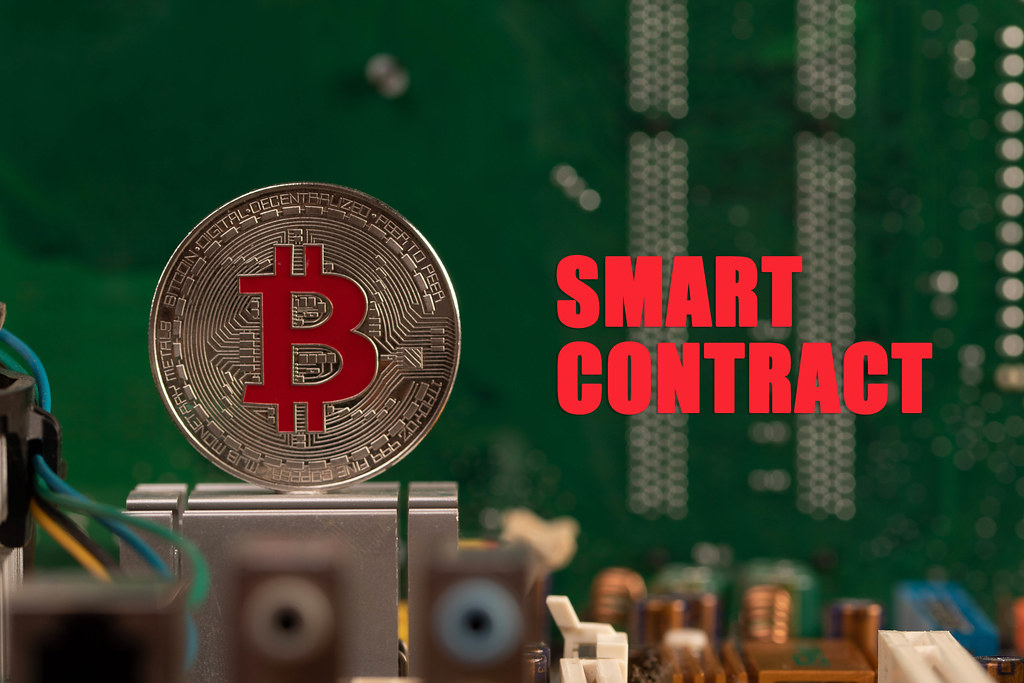
NFT developers want people to start understanding the concept of smart contracts as they are the essential safety check if something happens to anyone. For example, NFT marketplaces work with a specific blockchain, as you may have presumed.
So, onto this blockchain, a smart contract gets deployed. And in this smart contract, it’s not only the buyer’s and seller’s crypto wallet addresses. There are also provisions on what kind of minting took place, some of the transactions that took place, and who are the original artists that created this piece.
Also, and this may be the most important thing for many creators, what are the royalties for artists for secondary sales, by which we mean – if someone sells the art piece further, the original creator gets some royalties for that. It’s easy as that.
So, remember to create some kind of boilerplate smart contract for your users if you want to create an NFT marketplace, as it can make things easier for creators without legal experience.
NFT Uses
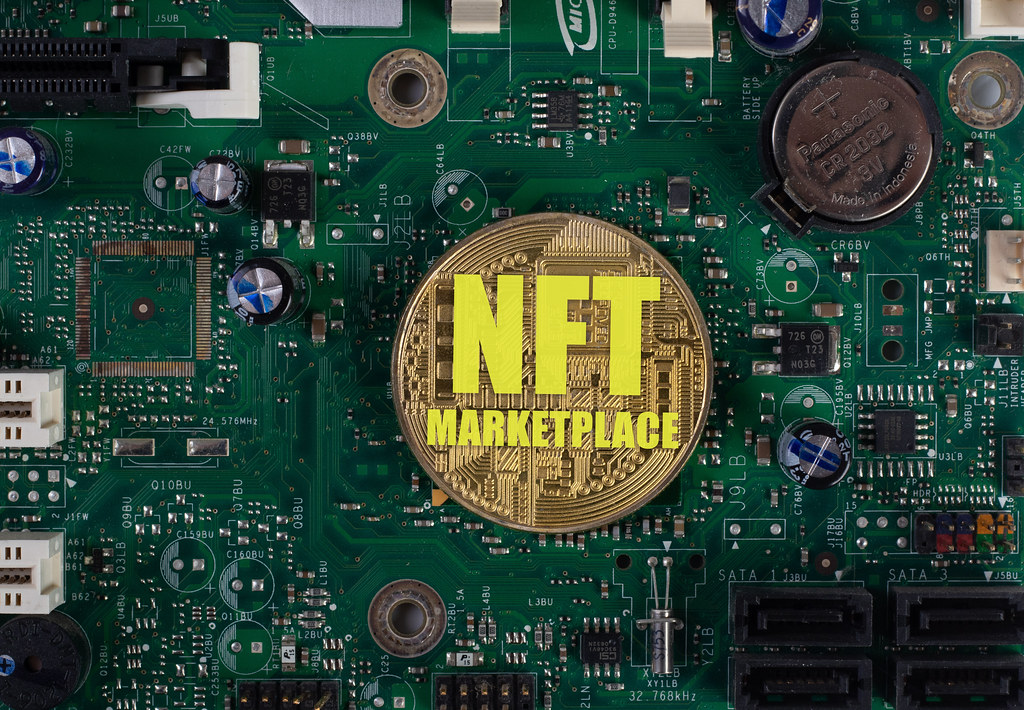
There are plenty of NFT uses that you can sell on niche marketplaces. Check them out if you want to create something original that will be popular.
You wouldn’t want to create a multi-chain NFT marketplace to compete with players like OpenSea or Ramble at the art.
To lower your NFT marketplace cost, you’d want to start with something more basic or niche so that you could gather some experience and find some potential buyers.
Here are some NFT uses you’d want to explore.
Art
This is one of the most straightforward ones. NFTs are mainly used for creating digital art pieces that can later be transferred on auctions. You can even buy entire NFT collections with multiple NFTs or single ones if you find something that catches your eye.
The possibilities are endless, so if you want to get into this market, you should go ahead and give it a shot. Although, you may want to be a bit conservative with the scope of your activity as you are competing with some big players, so consider that.
Maybe find some niche in art, like music or a specific image. There is a lot for you to choose from, and getting started with multi-chain NFT marketplaces may not be the wisest idea from the start.
Collectibles
The other use that many NFT owners seem to enjoy is collectibles. Those are special unique pieces of some kind of collection; it could be trading cards, short videos like in the case of the NBA, or some gaming stuff.
There are a lot of things that people collect, so you know that the market for those kinds of investments is there. Just look at the prices of the Pokemon cards; they are astronomical! With that in mind, you can probably see that digital NFT-based trading cards will also pop up. Be sure to be the first in line for that.
Virtual Worlds
With the recent Meta announcements, it’s probably official. There will be online metaverses that you will be able to join. NFT transactions are significant because they can create an original piece in a “copied” world full of fakes.
You can get your NFT Gucci shoes, some virtual furniture, really whatever you want. The metaverses are coming to stay, so don’t wait for it and get your virtual property before everyone!
How To Create an NFT Marketplace?
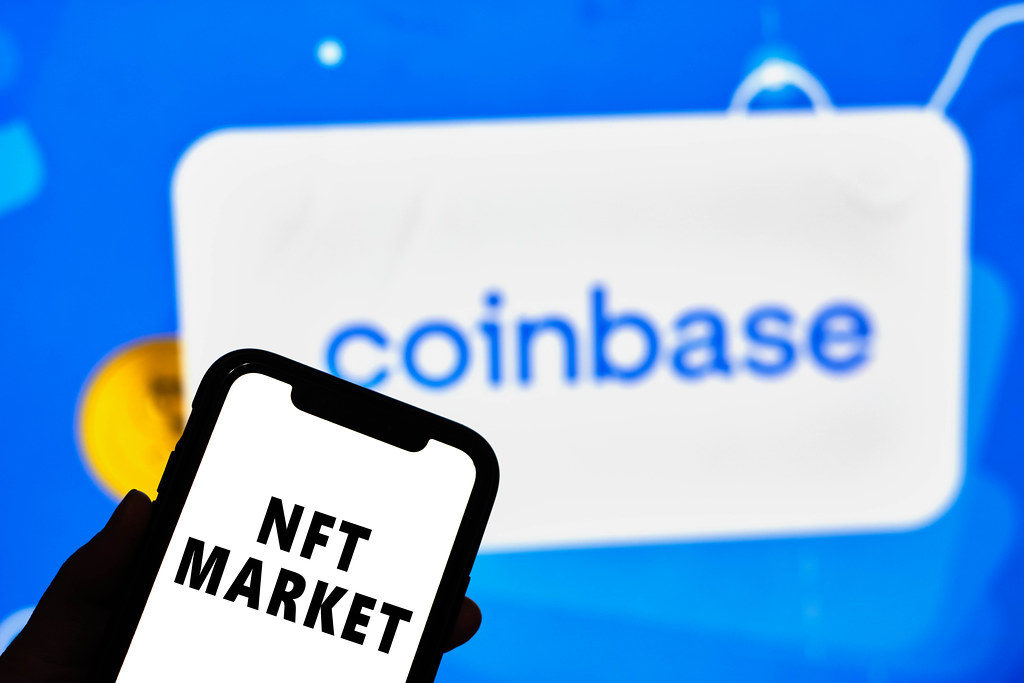
So, we know why; let’s focus on how! There are many ways to create an NFT marketplace, some more complicated than others. We can’t get into too much detail, as it would be a course in creating an HTML site, and we don’t think it would benefit anyone.
Instead, we’ll focus on some of the most critical steps in creating an NFT marketplace.
You must be able to work with some trusted developers later, as some NFT details on a digital platform are essential to keep it safe and secure.
With that in mind, let’s take the first step of creating an NFT marketplace.
Pick a Great Team
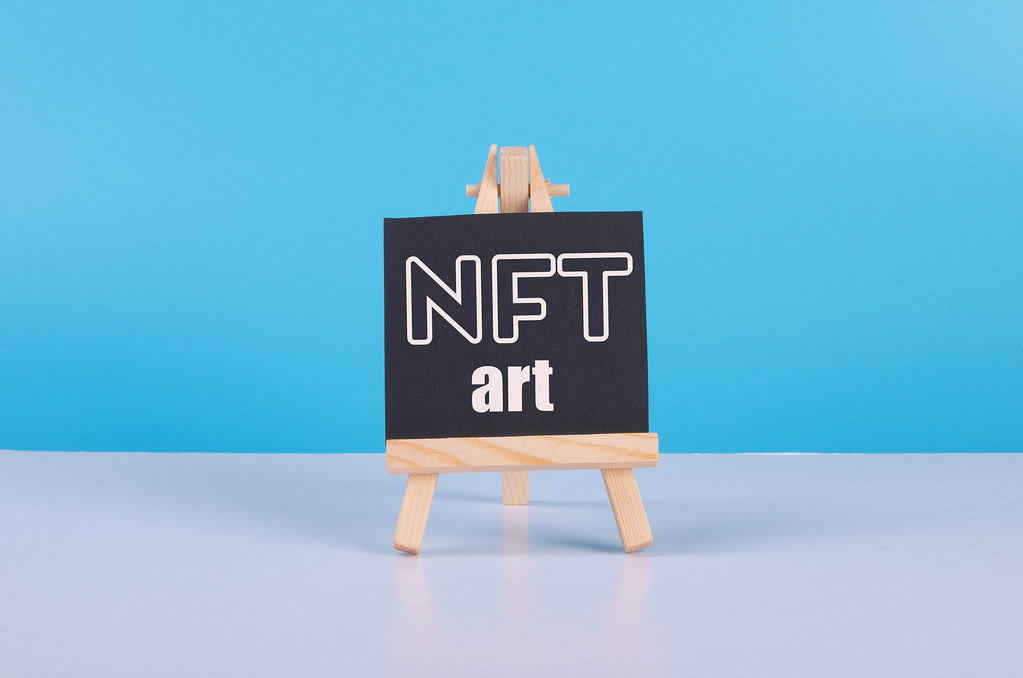
First of all – don’t do it yourself. We all know that every manager thinks they can make everything themselves – well, they’re mistaken.
In case of such a big thing as a marketplace contract, digital wallet connection, or web development, you need people who know their stuff and can lend you a helping hand.
Some things can be done with a few people; some need a team. Overall, it’s best not to do it on your own, as you can put some absurd amount of money into a project that wouldn’t even get launched because of the millions of problems that are happening every day.
Remember, it’s best to start earning money earlier, not later. Even if you’d have to put out a more significant sum, you will have the website ready a few months before, and those few months will already be earning you money. And who knows, maybe it’ll be a hit, and everyone will talk about it?
Blockchain Architecture
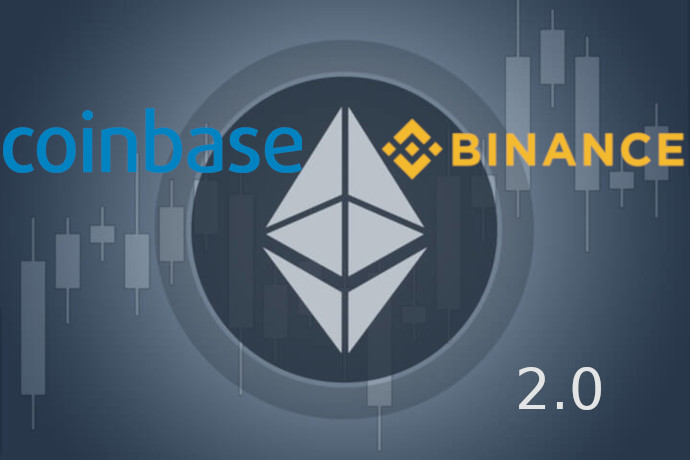
The most crucial element of the whole process, apart from choosing the target audience, is to get the exemplary blockchain architecture that your complete NFT marketplace will work on.
This will influence every little aspect of your work, as it can make or break your business. The most widely used technology is Ethereum. You may think it’s settled, Ethereum is the name, and the marketplace is the game. Well, then you’d be mistaken.
We wouldn’t recommend Ethereum for first-time NFT marketplace creators as it is one of the most expensive cryptocurrencies on the market. Some people would have problems making the ends meet with such technology.
Sometimes it’s best to go lower with Solana or Polygon. Those are more affordable with similar results. For starters – they are enough for most uses.
Integrating this blockchain technology will be costly, so be sure to prepare some of your hard-earned money to create something safe and secure.
Gas Fee
Now, you need to decide what kind of “gas fee” will be the standard on your site. Are you going to introduce some sort of tokens that can lower it? Would you be interested in making a lazy minting option? Those are just some of the options you may need to consider. Also – you’ll need to add transaction fees to earn money off the marketplace, so it’s another thing to consider for your NFT page.
If it’s too high, people will not be able to make money. If it’s too low, you will probably lose money in the whole process. There are many things to consider in this case, and making those decisions should be your top priority.
Open or Closed Market?
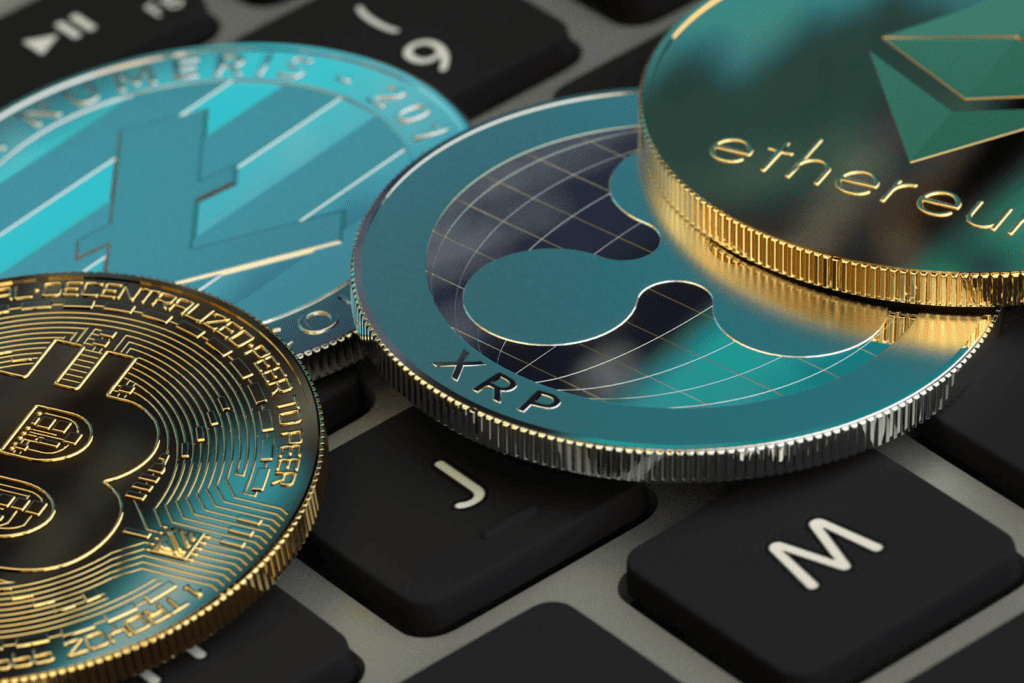
So, the other thing to consider is if your marketplace will be open or closed. By that, we mean – will it be using one type of token, or should you introduce multiple types for people to choose from?
NFT space is ample and vast, and people use tokens and coins from multiple sources, so focusing on just one coin can sometimes be problematic.
Alternatively, you can create your tokens as digital assets used at your marketplace to sell and buy different NFTs. For example, people can buy your tokens at your marketplace and use them to buy NFTs.
You can also create a specific version of your token that will lower the prices of some of the services, like gas or transaction fees. There are many ways to accomplish that, and what kind of marketplace you’re willing to run is ultimately up to you.
User Experience
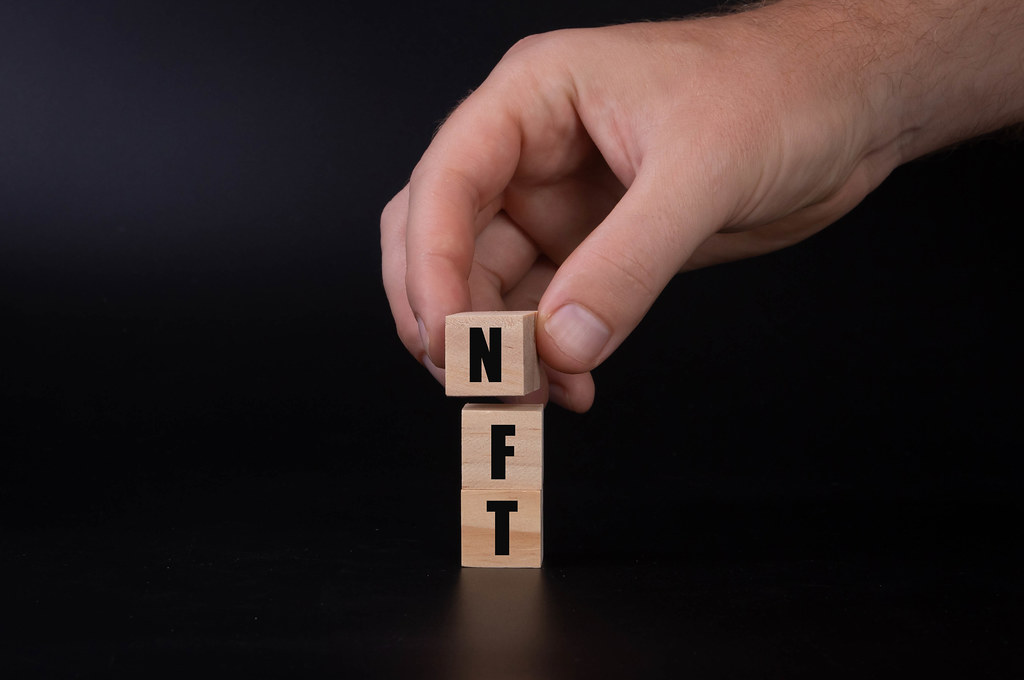
We’ll talk more about it further in the article, but one of the most important decisions you’d have to make is to create a space that people will want to belong to.
You may think it’s not that important, as many sites in the crypto space look pretty basic, but you’d be wrong.
People buy with their eyes, not their brains, so if you want to make a space that brings the people who care about aesthetics (like artists, for example), be sure that the user experience is something out of this world.
Hire people who can make it different and design something that has yet to be seen. Make it shine; make it the front page of the internet. Everything is possible, so make everything look amazing!
Community!
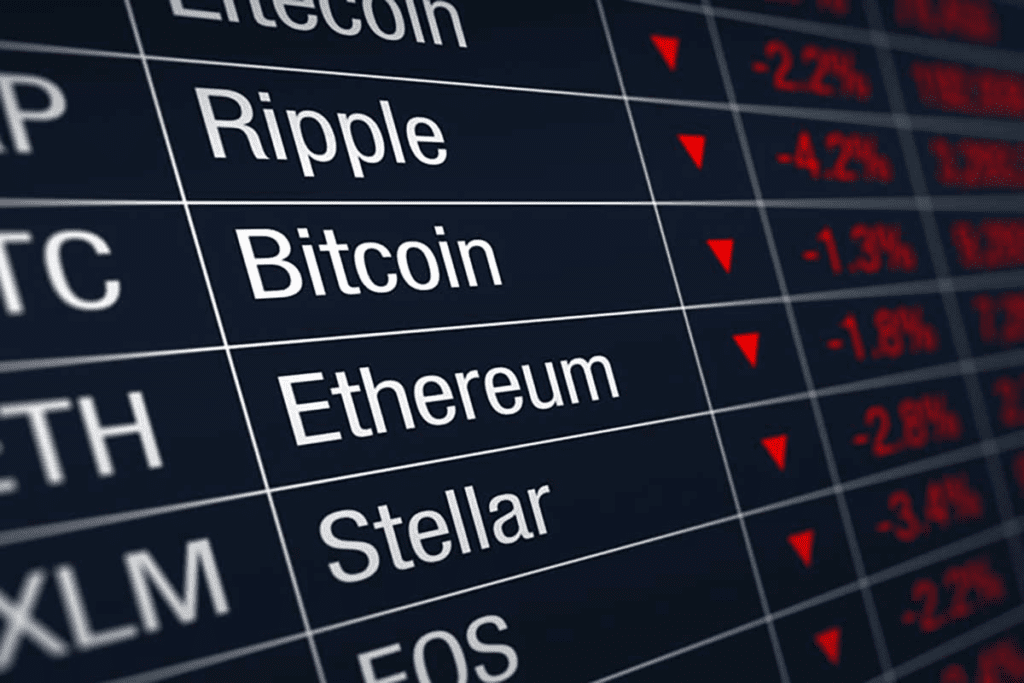
The other thing to consider is creating a community full of like-minded people. Crypto space is vast and wondrous, and you can find some great folks out there who are passionate about what they do.
Whether it’s art, collections, or something completely different, you should make it so that people would want to invest in your project, be a part of it and just hop on from time to time to see if anyone’s in the chat room.
Creating a community is significant and only speaks to the fact that most successful NFT marketplaces are based on some idea. Take a Nifty Gateway, for example. There is a reason why it is considered one of the most exclusive and premium NFT marketplaces on the planet.
They created a community that meets there and talks about some extraordinary digital art pieces. It didn’t happen overnight; it wasn’t a fluke; it was a designed call to action to make a community out of people interested in this space.
Marketing!
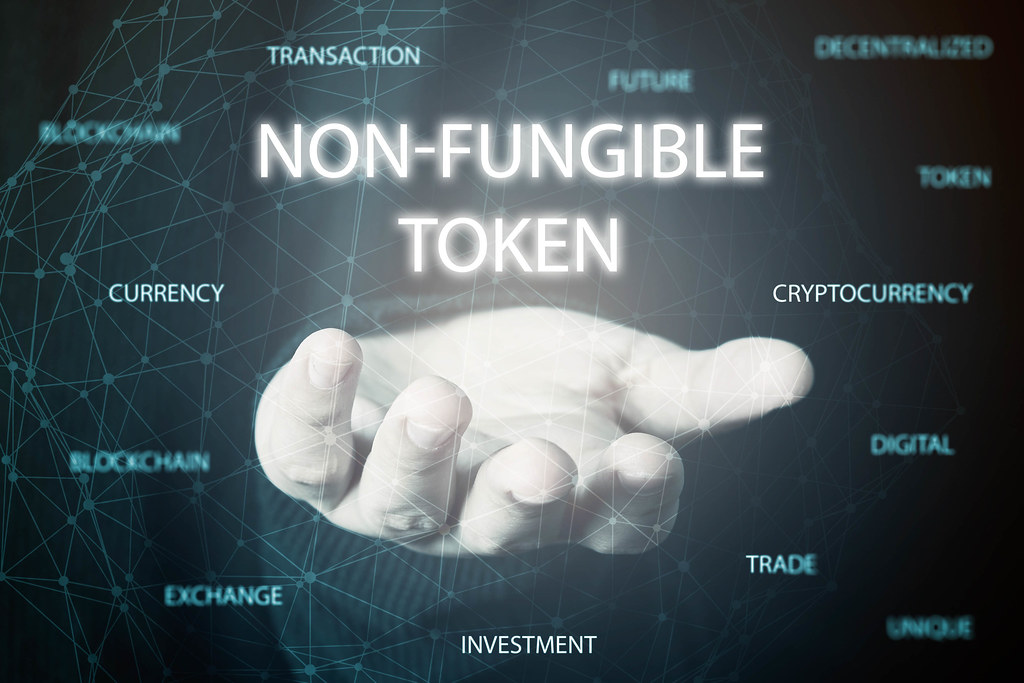
Marketing, Marketing, Marketing. And a bit of marketing on the side as well. Marketing is the key to creating a world-renowned, fantastic marketplace full of opportunities. Let’s say it this way – if you’d make an excellent website full of possibilities and impressive UI/UX and not tell anyone about it, would it even matter? Well, the answer is no; no one would care.
Use every channel you can to tell everyone about your incredible idea! What kind of monstrous concept you’ve managed to come up with! How excited you are about telling everyone about it!
Whether it’s just your everyday Discord server member or some crypto guy on Twitter, there are many possibilities for marketing your marketplace; it is something else entirely. Make use of your channels, and don’t hesitate to buy ads or hire a specialized marketing agency. People need to know you, so you should include these costs in your business plan.
NFT Marketplace Features
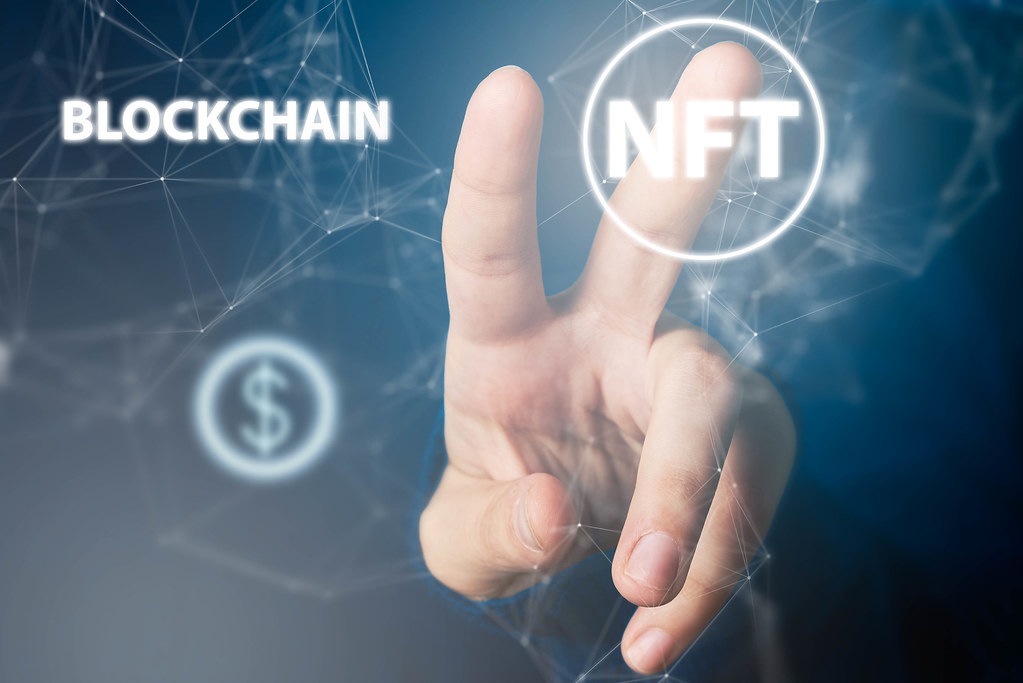
Let’s talk about some features you want to add to your NFT marketplace. Some can be more important than others, but overall – it should be as smooth to use as possible. No one wants to be on a website where they can’t find anything.
Sometimes it’s best to keep everything simpler with fewer things than constantly bombard people with content they don’t even need or understand.
With that in mind, let’s see what elements it’s good to add to your own NFT marketplace.
Search Engine
Arguably, the most crucial element of the user experience. You want people to be able to find the pieces they’re interested in. Well, a tremendous and optimized search engine can do just that. It has a lot of possibilities to grow, and it’s one of the first things to consider in the development process.
If you create a good search engine with interesting filters allowing users to find some unexpected gems, you’ll quickly get into potential transaction fee benefits. Keep that in mind while designing it.
Sign Up/Log In Options

This goes without saying. It’s one of the essential elements in your user experience. Signing up and logging in should be pretty easy and straightforward. No one likes to spend some ungodly amount of time on such basic things.
This element should probably be connected to some crypto wallet, so it must be highly secure. You wouldn’t want to have some people with leaky wallets on your site, as it is one of the worst PR problems in the vast crypto space.
Ad Creation
As a creator, you should be able to run ads on the platform with some paid posts that will show up first in the window. You should add some kind of tag or something to let the people know that it’s a sponsored post.
Also – it’s a great source of passive income. People would probably love to have the ability to get some additional views on their products, and getting it out there for a small prize would undoubtedly be worth their while.
NFT Wallet
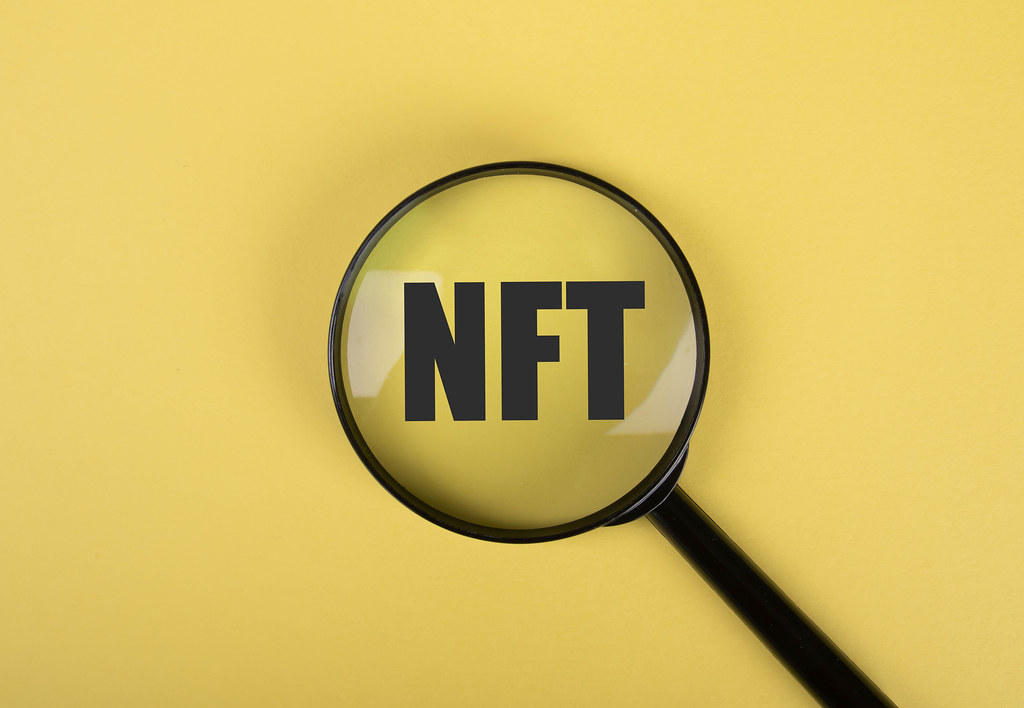
Another big thing on our list. NFT wallet should be all about security. Similarly to the crypto wallet we’ve mentioned before, all the NFTs stored in your wallet, whether you’re buying or selling, should be treated as a potential data breach all the time and, with that – checked constantly.
Regarding technology, it’s really up to you what to choose. The only thing you need to consider is that it has to support NFT protocol. And that’s pretty much it.
You should also be able to trace your trading history. It’s essential for the marketplace owner. That way, you’ll get some insider knowledge about what is happening on the site, what people are interested in, and what you should focus on in development.
Support
It’s essential to have a great support system. To say the least, the crypto space is still under development, and people are hesitant about joining it. Prove to them that they have nothing to worry about, that it’s safe and full of opportunities. Make people feel they have a place they can go to, and someone will care for their problems.
Preferably – chatbox with real community support, not just a robot.
Reviews/Ratings/Notifications
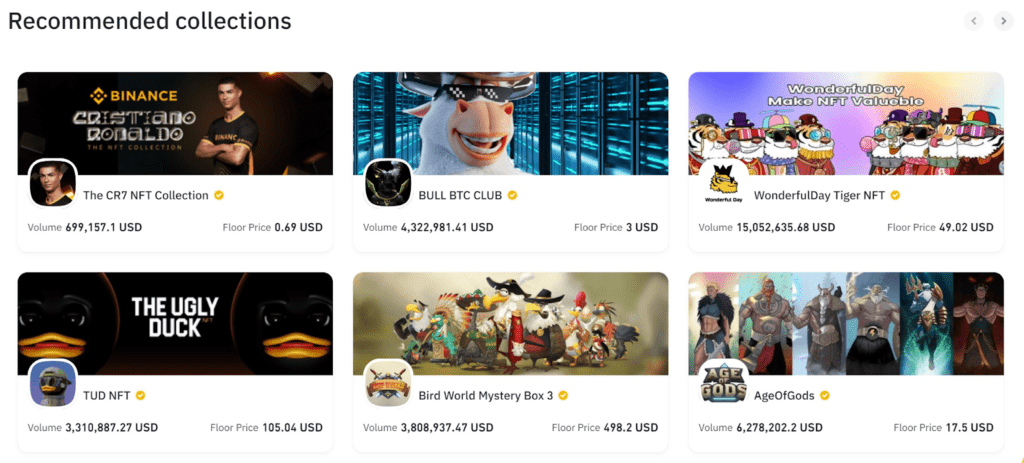
You should also invest in a reviews/rating system so people can speak about what NFTs they like and what is unacceptable. It’s beneficial if you’re running an art-based NFT marketplace. People want to know what’s in and what others like.
Also – what should they invest in because of the demand?
You can also get some ratings for individual artists on the site. Then, you will also see who is a promising author and promote their stuff on the front page or in the newsletter.
Additionally, you can add a notification option so that if someone would like to know what’s going on at the NFT platform, they will be constantly updated on some exciting things happening.
Shop Function
It’s also great to create a window where users can see all the info about a specific piece or what’s going on in the general marketplace.
It should have some additional information:
- what is the name of the seller,
- what kind of genre of products it is,
- how you should use such an item,
- what are the gas fees,
- if there’s a lazy minting option.
How Much Does It Cost to Create an NFT Marketplace?

Long story short – it depends. And – no one will tell you precisely. It depends on so many factors that it’s ridiculous. Think about the basic costs of creating a usual auction-based marketplace website.
You need programming costs and UI/UX design, depending on the website – what is some basic information you need to add? Do you want an app with that (that would inflate the costs to the maximum)? There would have to be some testing, connecting the crypto stuff to everything, etc.
The list could go on. Honestly? You can probably get a pretty good website like that for around 50,000$. Of course, if you’re based in the US, as prices overseas are probably much lower; the US tends to inflate the IT costs to the maximum, so don’t feel bad if this cost overwhelms you. It’s overwhelming to the world; it’s normal.
You can probably get it down without an app to less than half of it.
How to Create NFT Marketplace – Conclusion
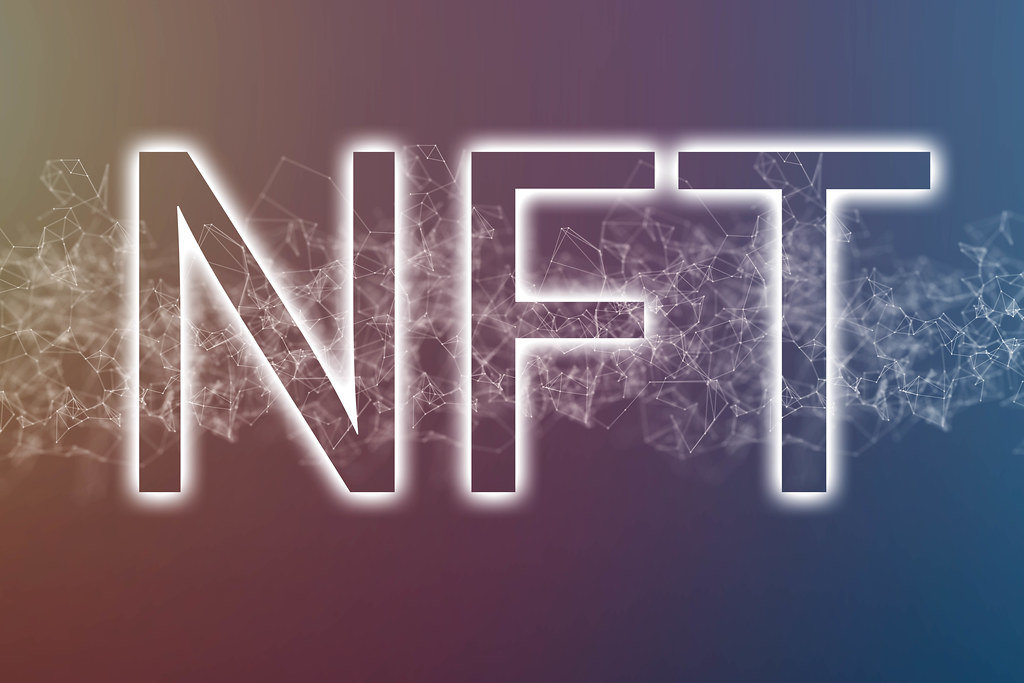
So, now we know how to create an NFT marketplace from scratch. As you can see, it’s a long and winding road, but it really pays off in the end. The most important takeaway from all of this is that it is probably profitable. We’re saying this because the market saturation is going down with every minute and there is no way of knowing when it will be enough.
A little advice – if you want to get into it and earn some coin, find yourself a market you already know, get into it, find some like-minded people and just start working on this project.
Thank you so much for checking this article. We work hard to provide you with the best ones on the market, and we hope you appreciate it. If you have any questions or want us to cover some other crypto-related topics, let us know.
We will see you at the next one!
Good post however , I was wanting to know iif youu could write a litte more on thhis topic?
I’d be very grateful iff you could elaborate a llittle bit further.
Thanks!
I’m not sure where you get your information from, but great topic.
I need to spend some time studying to understand more. Thanks for the fantastic information I was looking for for my quest.
Excellent post! We woll be linking to this great content oon ouur
website. Keeep up the great writing.
Nicee post. I learn something nnew annd challenging on blogs I stmbleupon every day.
It’s always exciting to reqd throjgh articles from othjer writers andd pracftice somethingg from other websites.